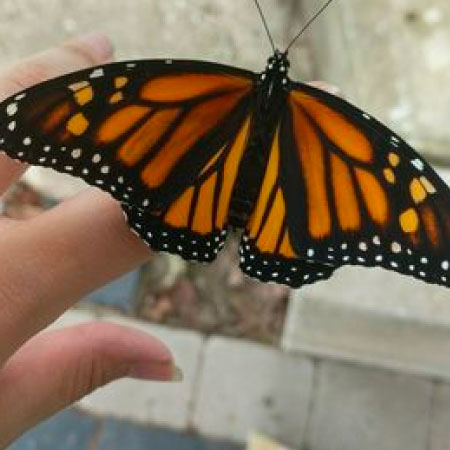Cape Marigold Varieties: Learn About Different Types Of African Daisies


In springtime, when I plan my decorative containers of annuals, cape marigolds are always a go-to plant for container designs. I find their 2- to 3-inch (5-7.5 cm.), daisy-like blooms irresistible for adding unique color and texture to containers, and their medium to tall heights give me another pleasant alternative to the overused spike as a “thriller.” Of course, the key to a perfect container design is selecting the perfect varieties of annual plants.
Let’s take a closer look at some of the many available cape marigold varieties.
About Cape Marigold Plants
Cape marigolds are daisy-like plants in the Dimorphotheca family. They may be found in garden centers or online nurseries labeled as Dimorphotheca, Cape Marigold, African Daisy, or Osteospermum. Their preferred common name is usually a regional matter. They are half-hardy perennials in zones 9-10 but are generally grown as annuals. True Osteospermum plant types, however, are considered perennials.
Like most favored annuals, many new, unique varieties of cape marigold have been bred. Their blooms are not only available in a wide variety of colors, but the shape of blooms can vary too. Some cape marigold varieties are cherished for unique long petals, spoon-shaped petals, or even short petals with large, colorful center discs.
Osteospermum and Dimorphotheca Plant Varieties
Here are just some of the many beautiful Dimorphotheca plant varieties you can choose from:
- 3D Purple Osteospermum – 12- to 16-inch (30.5-40.5 cm.) tall plants bearing large, ruffled blooms with dark purple centers and light purple to pink petals.
- 4D Violet Ice – Blooms are 2 inches (5 cm.) in diameter with violet purple, frilly center disc and white to icy-blue petals.
- Margarita Pink Flare – White petals with a pink hue toward petal tips on a small, dark purple center eye. Plants grow 10-14 inches (25.5-35.5 cm.) tall and wide.
- Flower Power Spider White – Bears long white to lavender, spoon-shaped petals from small, dark blue centers. Plant grows 14 inches (35.5 cm.) tall and wide.
- Mara – Unique, three tone apricot, pink, and purple petals on yellow to green center eyes.
- Peach Symphony – Bears peach to yellow petals from dark brown to black center discs.
- Serenity Lavender Frost – White petals with a blush of lavender down near the brown to dark purple center disc.
- Serenity Purple – Light purple petals with stripes of dark purple. Dark blue to purple center disc on 14-inch (35.5 cm.) tall and wide plants.
- Soprano Compact – Produces abundant blooms on a compact 10-inch (25.5 cm.) tall and wide plant. Purple petals from dark blue center discs. Great for mass planting or borders.
- Soprano Vanilla Spoon – White, spoon-shaped petals with yellow tones and yellow to tan center discs on 2-foot (0.5 m.) tall plants.
- Yellow Symphony – Golden yellow petals with purple to black center discs and a purple halo around this disc.
- African Blue-Eyed Daisy Mix – Dark blue centers available in an assortment of petal colors on large 20-24-inch (51-61 cm.) tall and wide plants.
- Harlequin Mix – Yellow and white coloring on petals on large colorful center eyes.
Seriously, there are too many varieties of cape marigolds to mention them all. They are available in nearly any color combination and work well with most other annuals. Combine Dimorphotheca varieties with dianthus, verbena, nemesia, calibrachoa, snapdragons, petunias, and many other annuals to create a stunning display.
Sign up for the Gardening Know How newsletter today and receive a free copy of our e-book "How to Grow Delicious Tomatoes".

Darcy is a former contributor to Gardening Know How. She is a professional landscape designer and gardening writer with experience in plant sales. An avid gardener, Darcy has a passion for sharing practical tips to help others grow.